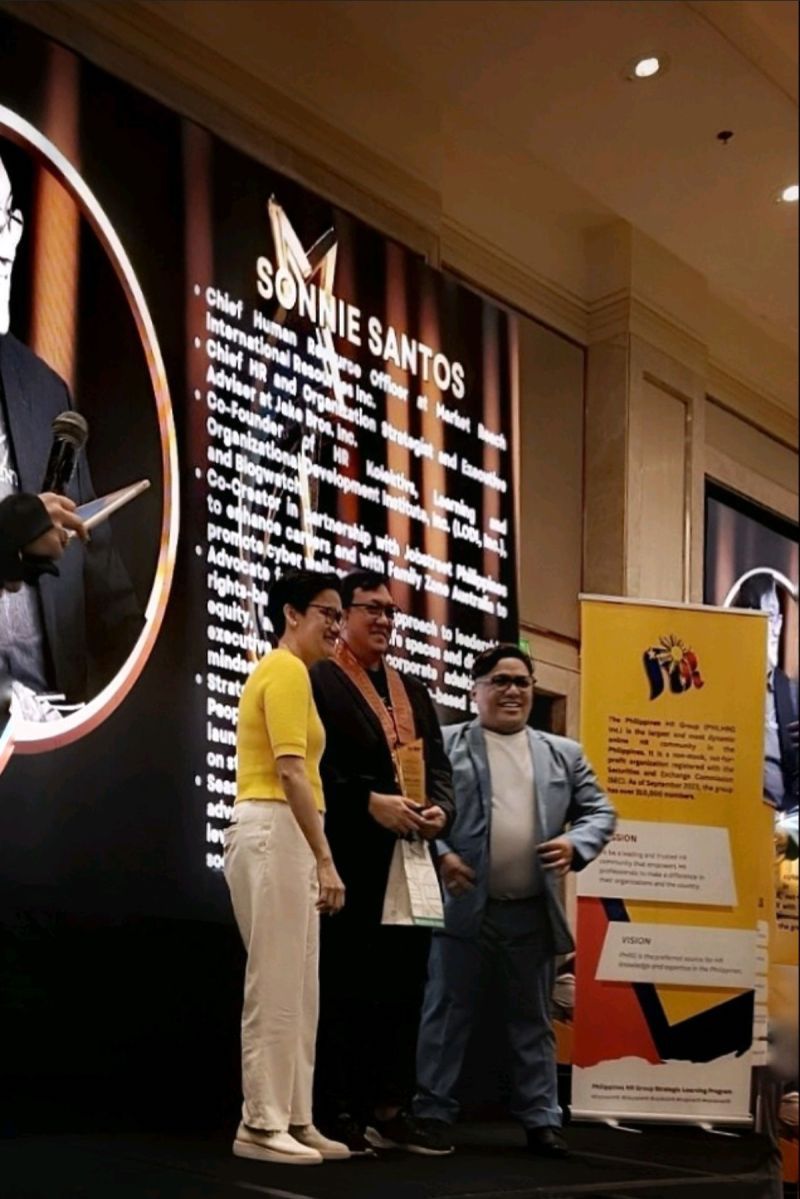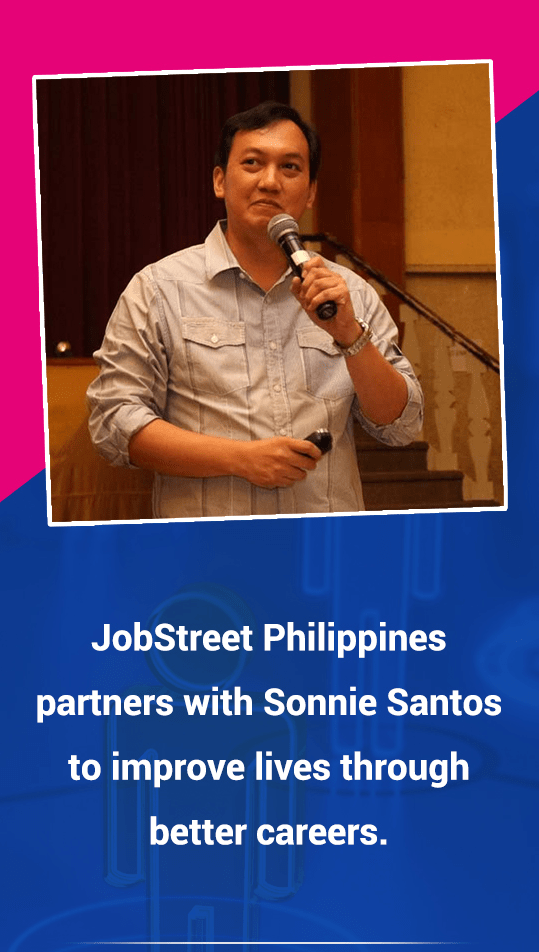Quiet firing is a fancy word used by millennials in modern workplaces. But the concept is not new, it is actually constructive dismissal
What is quiet firing? Watched the video below for reference.
Not long ago, an acquaintance from my “Youth for Jesus (YFJ)” days, roughly three decades ago, sought my assistance. Apparently, she is experiencing “quiet firing”.
Here’s my friends’ story:
She is an engineer, but due to her job, she developed hearing loss.
She is probably disliked because of this disability and her values, which contradict the culture of a male-dominated organization.
Their team shares a computer, and whether on purpose or not, the line leaders left the email open, and this person saw the exchanges on their plan to remove her without getting in trouble with DOLE.
Soon after that, quiet firing commenced. notice to explain were issued one after another against her. They blame her for the errors that are not entirely hers. Not long after that, her job status becomes ‘floating.’
Her supervisors then asked her to agree to and sign a document removing P10,000.00 in allowances from her pay, retroactive to the previous two months. As a result of this personnel action, she must pay the company P20,000.00 in addition to the reduction in her take-home pay.
What would you do if you were in my shoes?
I sensed constructive dismissal, thus, I did not hesitate to help.

I assisted in responding to the NTE and advised her to notify HR that she would be bringing a representative to the administrative hearing, which would be me.
The HR department initially refused, but because we requested a copy of the written denial, they allowed me to attend. However, the admin meeting was rescheduled at the last minute because the operations manager (the one requesting her removal) was unable to attend. The said manager was still absent at the rescheduled meeting, but the VP of HR was present.
During the meeting, I raised the point that the NTE was invalid because they were addressing issues now that were reported 6 months ago. If the issues were that serious, they should have addressed them right away. And, if this is about improving performance, the employee has a satisfactory rating. Nonetheless, we allowed the proceedings to continue and had the employee respond to the allegations of gross negligence.
The meeting ended with unresolved issues because collaborative statements from other engineers were lacking to prove negligence. Similarly, new information about other operational issues emerged but was not reported. Only those involving the employee appear to be escalated.
It became obvious that constructive dismissal at work.
The case did not move forward for the next two months, the employee was not fired but quiet firing persists. She was tossed around being reassigned to different teams.
At this point, the operations group forced her to sign a personnel movement stating that her allowance would be taken out retroactively for two months, and she would be required to reimburse the company.
The employee in tears, called me again because it meant ending her child’s education, who was already enrolled.
I informed HR of the situation and asked that they speak with the employee to explain why this is happening. I also inquired if this had anything to do with the unresolved admin case.
I also gently reminded them that I could sense constructive dismissal, thus, whatever the employee’s next move is, I will be there to help. And if this escalated to a legal case with NLRC, I will also assist in finding a lawyer from my network.
After three days, HR met with the employee and reinstated the P10,000 allowance. The case was also dismissed.
Is HR complicit? I’m not sure. Maybe HR lacked empathy, or perhaps HR was overburdened with issues, and thus the case was not approached in a humane manner. Though I would want to, I refused to believe yet that HR is complicit.
Their HR also anticipated that I would disrupt their proceedings and drag the case out, but thanked me for not doing so. I told them I was just being HR and that my advice to the employee was to talk to them first if she had any concerns about her employment.
My former YFJ buddy thanked me, and said, “Papaanu kuya yung ibang employee na kaparehong sitwasyon ko tapos walang access sayo?”
I assured her that the majority of HR would do the same. But after the conversation, I wondered if we, HR pros who uphold human rights in the workplace (#HRinHR), were truly in the majority.
Discover more from ASKSonnie.INFO
Subscribe to get the latest posts sent to your email.





